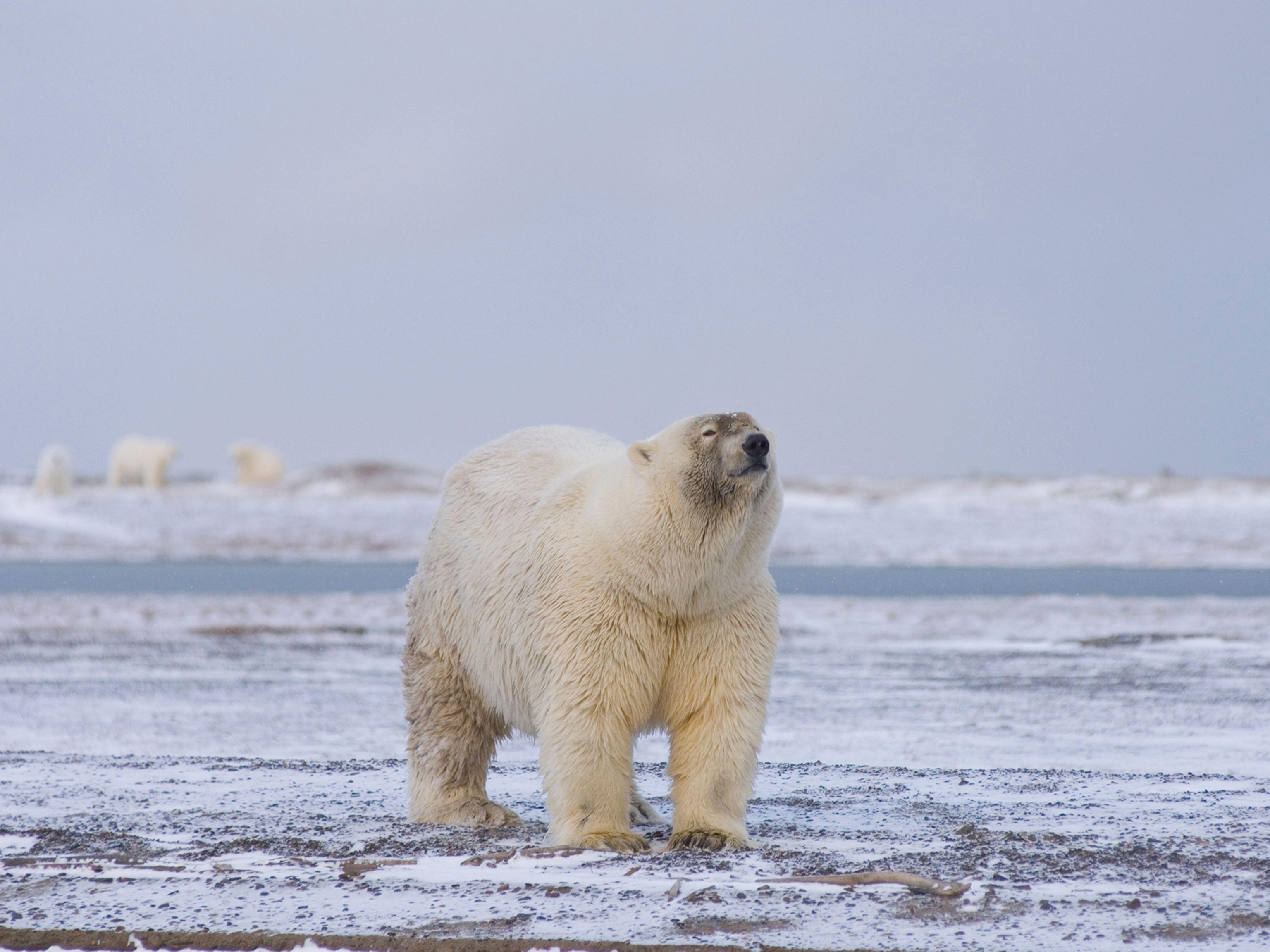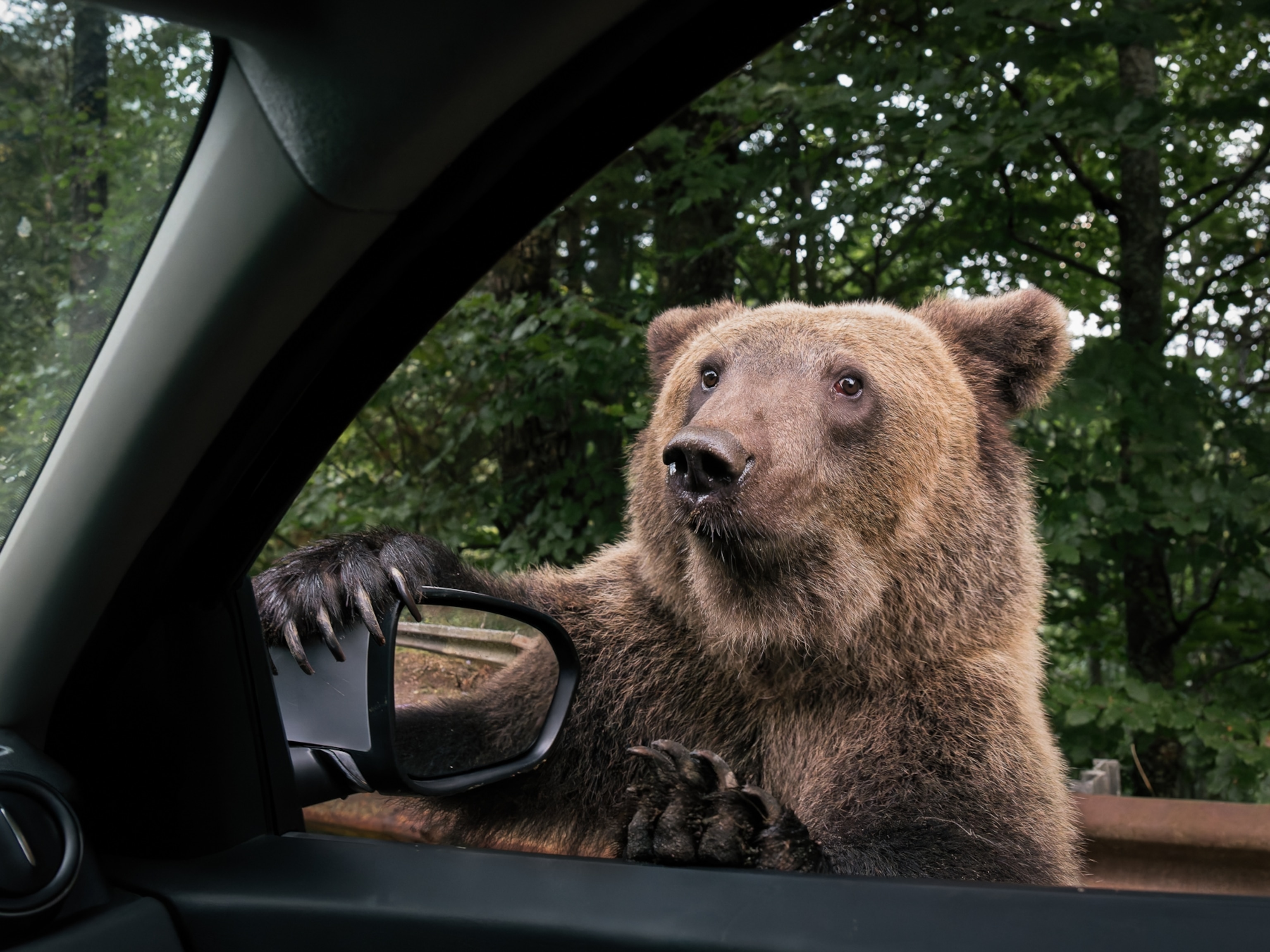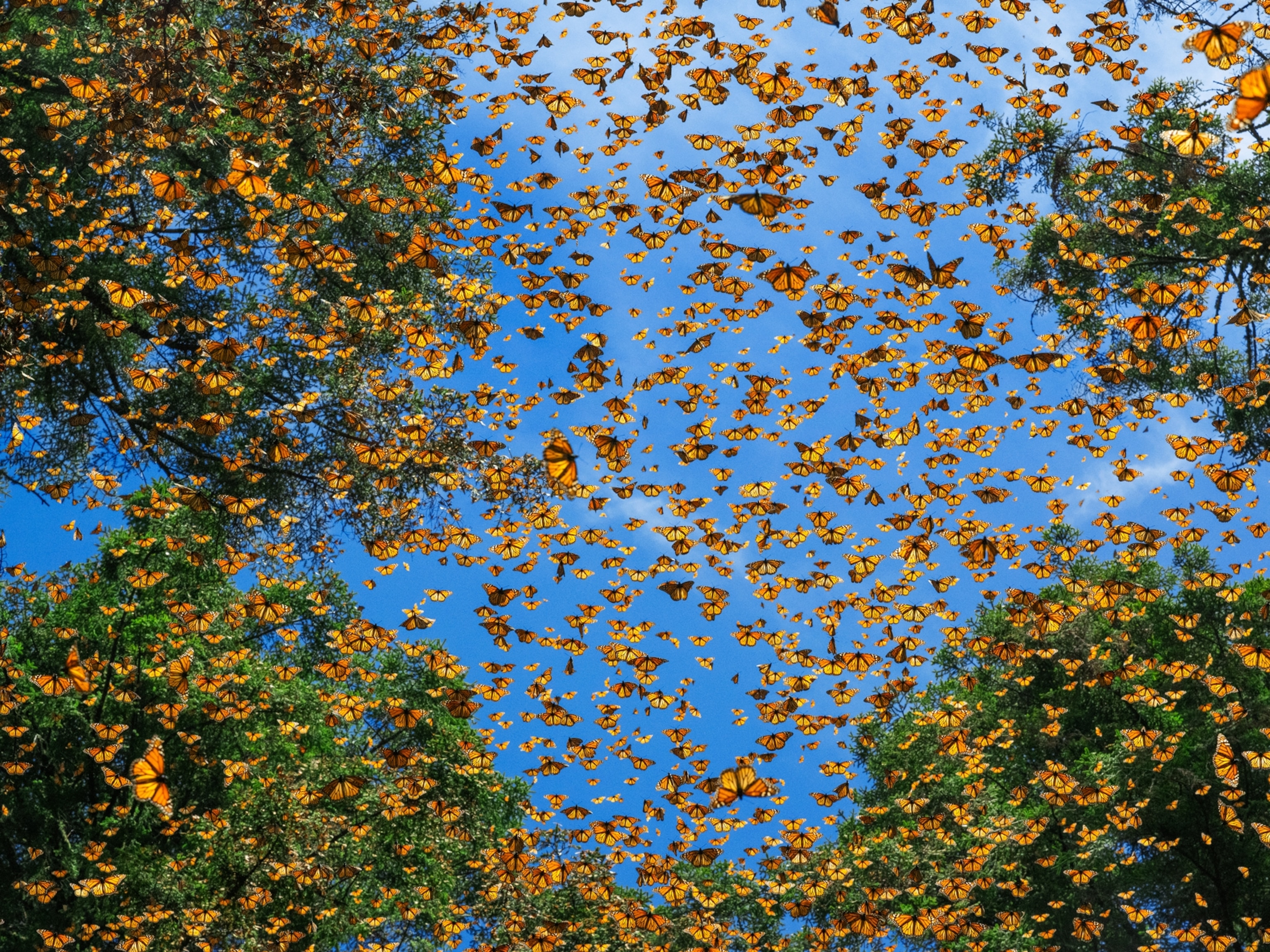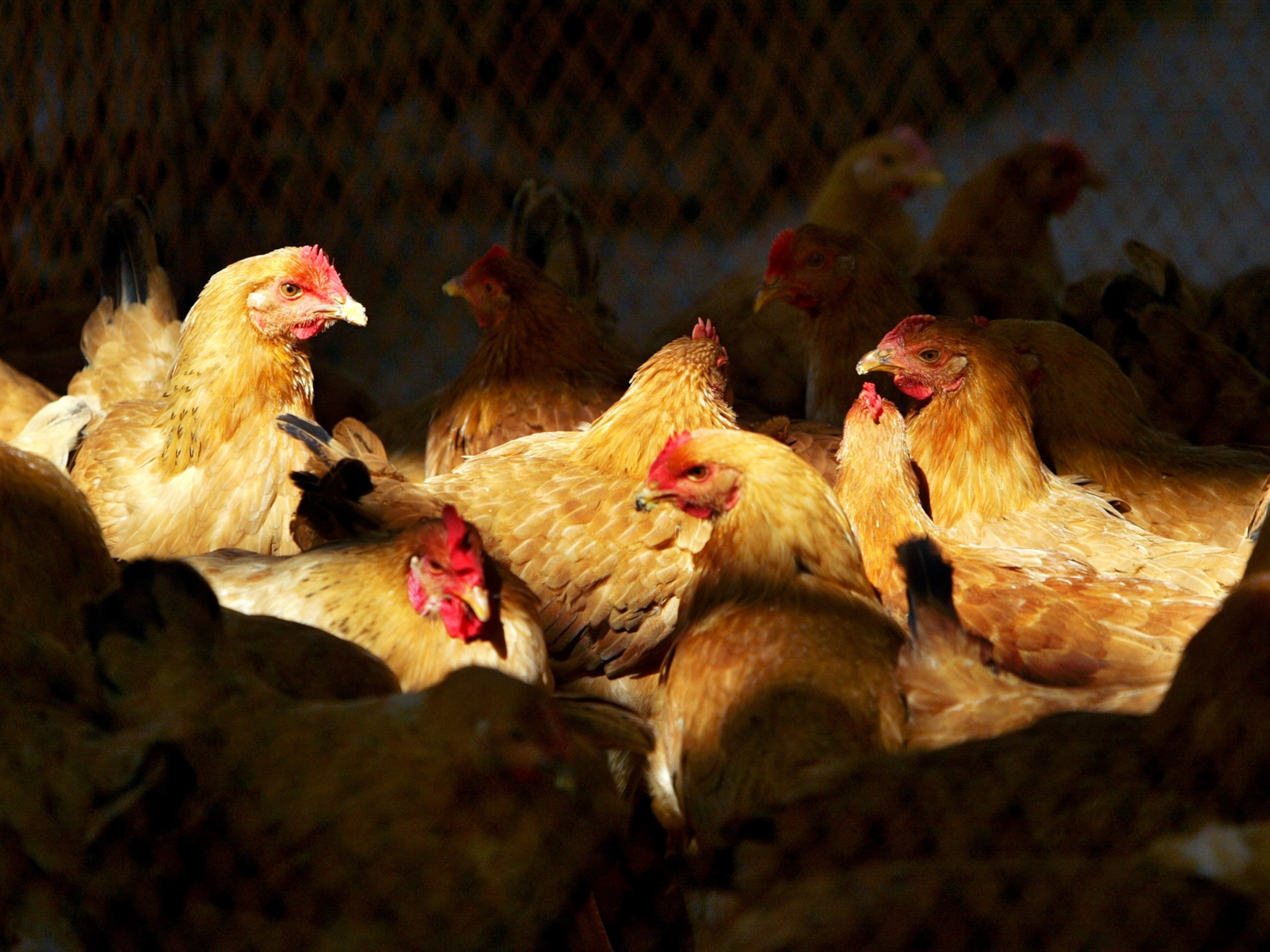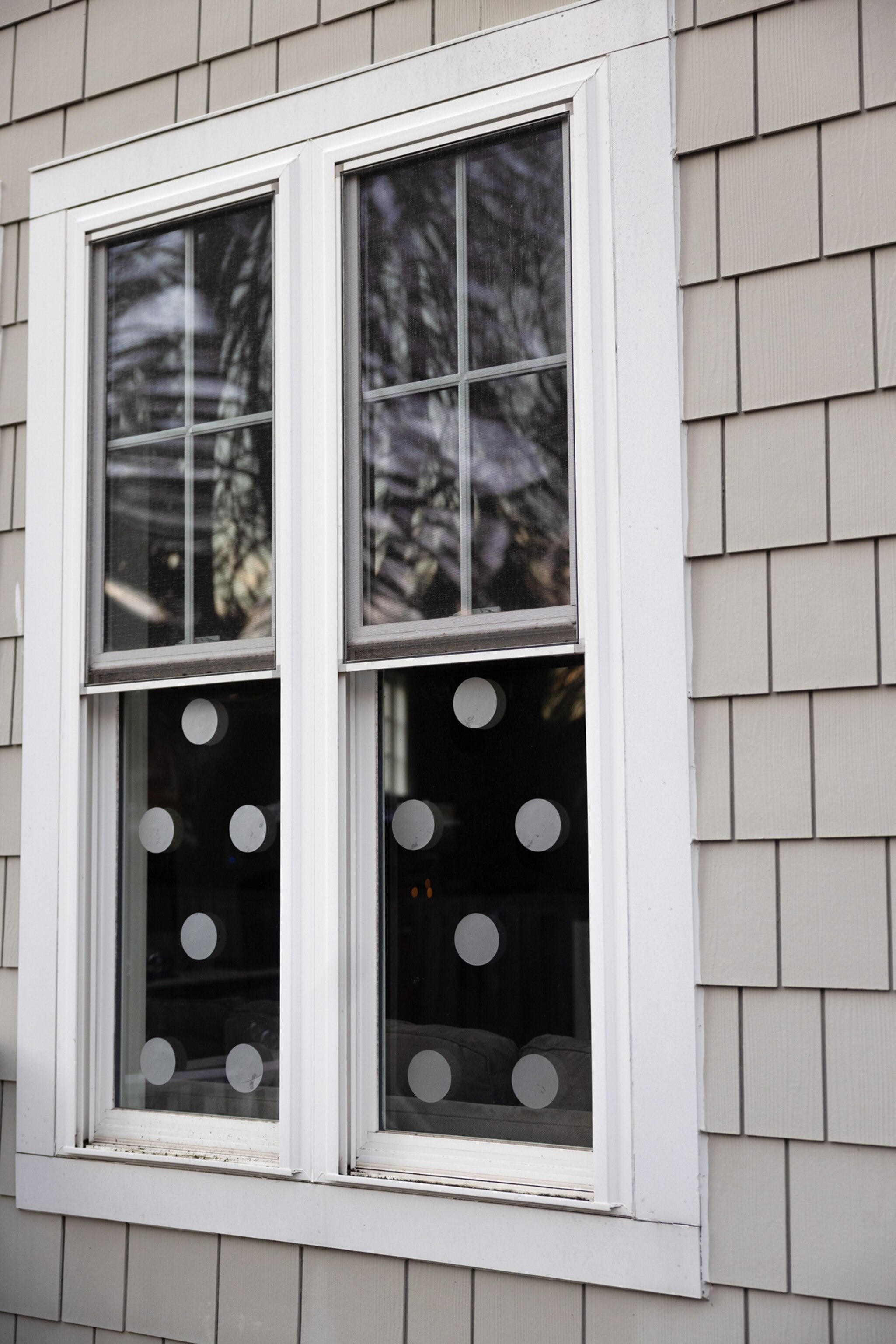
4 ways to help your local wildlife this spring
From bird-safe windows to bug hotels, you can support wild things and their offspring with hands-on projects—and by keeping hands off.
Bird-safe windows
Transparent, reflective glass confuses birds. Up to a billion a year in the U.S. die from collisions with glass—nearly half from hitting home windows. These DIY fixes discourage birds from trying to fly through windows: Mark glass with tempera paint, stickers, or tape, making gaps in the pattern no larger than 2 inches tall by 4 inches wide—or 2 inches by 2 inches for greater deterrence. The American Bird Conservancy has more ideas at abcbirds.org/glass-collisions.
Build an insect abode
We need insects to pollinate plants, remove waste from ecosystems, and feed other animals; insects need safe places to rest and to lay their eggs. Stores sell bug hotels to put in your yard—but for an all-ages project, why not create one? 1. Find a cardboard box with one open side. 2. Fit toilet tissue tubes and smaller tubes of rolled paper into the box. 3. Fill the tubes with sticks, grasses, and leaves, and place the box in an undisturbed corner of the yard. Voilà: an insect inn.
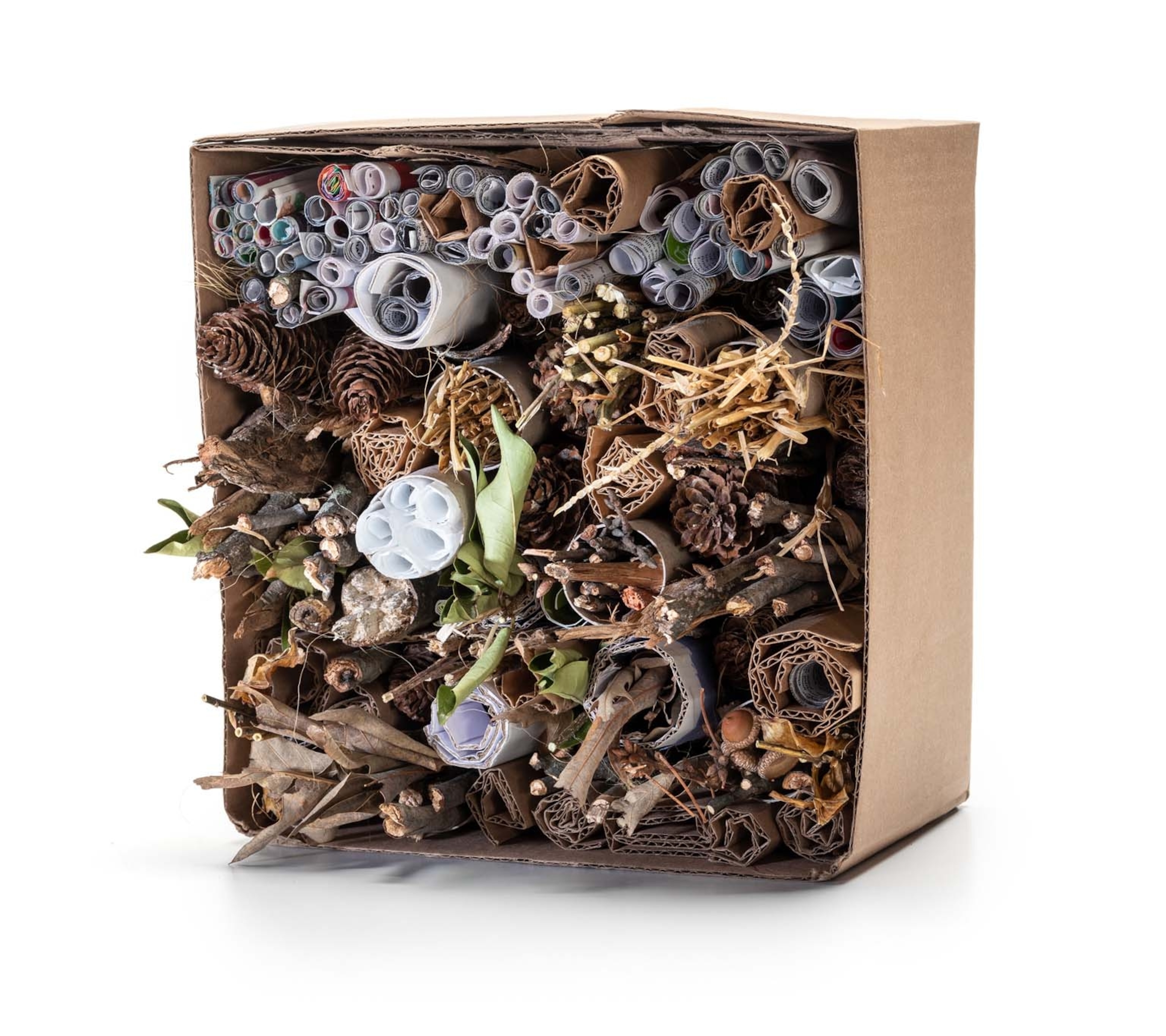
Careful spring cleaning
Before firing up the mower or hedge trimmer, check grounds and shrubs for small animals, birds, and nests. If you find a creature needing relocation or help, search for a nearby animal rescue/rehab expert at AHnow.org.

Watching the babies
Do you assume a young animal is in peril if its mother isn’t around? Don’t, says urban wildlife expert Jim Monsma. Some babies (ducks, opossums) are always with mom; others (rabbits, deer) spend hours a day with no mother in sight. When in doubt, don’t touch the animal; first, seek a rehabber’s advice (see "Careful spring cleaning" above), Monsma says.
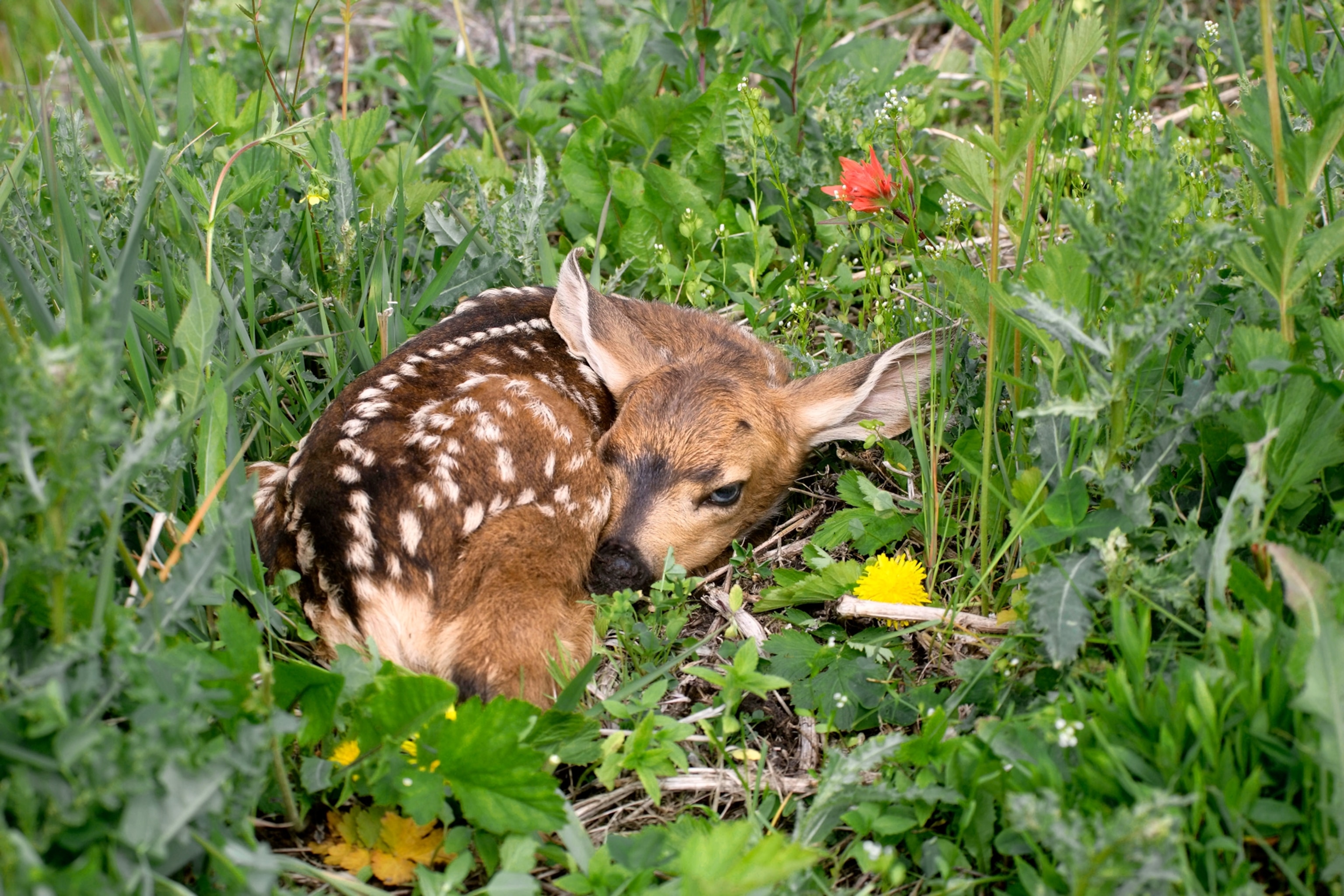
This story appears in the March 2022 issue of National Geographic magazine.
